Job hunting has evolved, but one constant remains: the importance of a well-structured resume. It's your passport to an interview and, hopefully, your next professional endeavor.
A common question is – what is the best resume format and does the reverse chronological resume still reign supreme?
The simple answer? Yes
The reverse chronological resume is the format most hiring managers and department heads are accustomed to. It presents your most recent role at the top, followed by your work history in descending order.
While other resume styles, like the functional resume, have gained some popularity, the reverse chronological resume is widely preferred. The reason is straightforward: it places your latest job titles and achievements front and center. It also provides hiring managers with a clear view of any employment gaps and whether you've shown a steady progression in your career.
So, how do you craft a compelling reverse chronological resume? Here are the essential components:
Header
This is the top of your resume and should feature your name and contact details, including an email and phone number. A mailing address is no longer necessary, but you can include additional information such as the URL of your LinkedIn profile.
Key Competencies
While we advise against lengthy summaries and outdated objective statements, we do recommend a Key Competencies section. Here, you should list relevant job accomplishments and experiences in bullet point format. This gives the hiring manager a quick overview of your skills, achievements, and why you're the right fit for the job. Tailoring this section to each specific job is crucial to stand out among other applicants. To create it, review the job posting and consider the skills or abilities you possess that align best with it. Include these in three to five bullet points under this section.
Work History
Next up is your work history, beginning with your current role and then moving backward. But don't just list job duties. Quantify your contributions using facts, figures, timelines, sales numbers, money saved, and any other measurable metrics.
For example, instead of simply stating that you: “Answered phones and greeted clients,” you could say: “Managed 10 phone lines with a high volume of calls and greeted approximately 25 clients daily, ensuring their comfort while in reception.”
Education
Your Education section should include the college you attended, its location, and the degree you earned. If you graduated with honors or had a particularly high GPA, feel free to include that information. If you have multiple degrees, list these in reverse chronological order, starting with the most recent one.
Extra Sections
The final section(s) can include a variety of information, such as additional skills, event experience, licenses/certifications, or memberships or leadership roles in industry organizations. If you have relevant volunteer experience, include it here as well.
Other skills to include might be foreign languages you speak, awards, any soft skills critical for the job, or seminars or industry events where you've spoken or given a presentation.
Check out these resume samples for some inspiration.
Once you've crafted your resume, proofread it meticulously several times. Mistakes can easily slip in, and you certainly don't want these to tarnish your efforts.
Get Expert Help Writing a Resume That Stands Out
If you're ready to delegate the task to professional resume writers, ResumeSpice is here for you. We understand what hiring managers are looking for in a resume and can help refine your current resume or create a new one that stands out from the crowd. Whether your resume isn't yielding results, or you're embarking on a job search and need assistance, our team at ResumeSpice is ready to help. Simply call 832.930.7378 or contact us online if you're ready to learn more. We look forward to partnering with you on your career journey!






